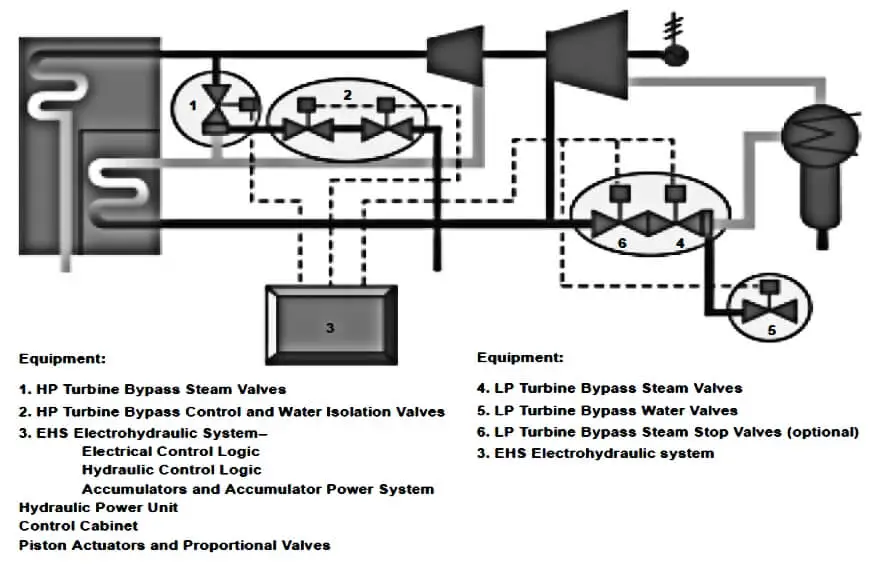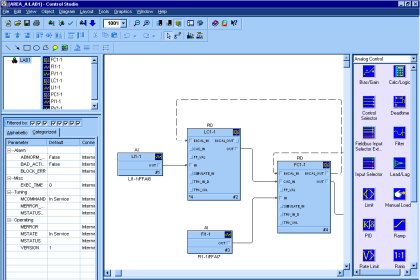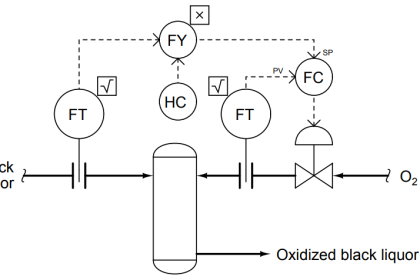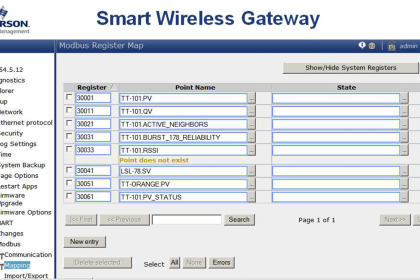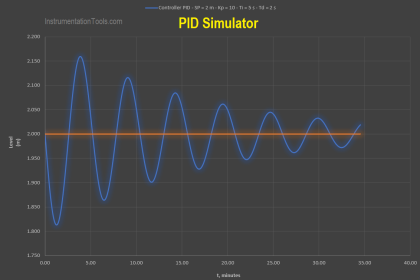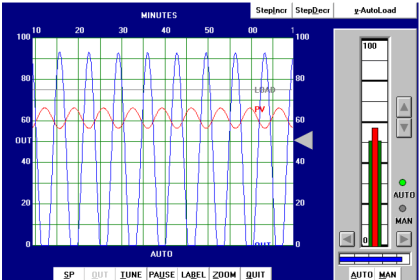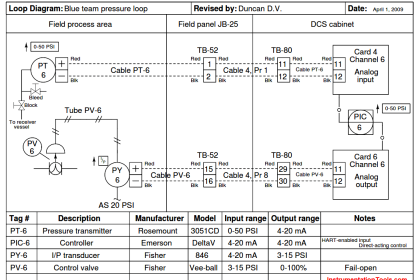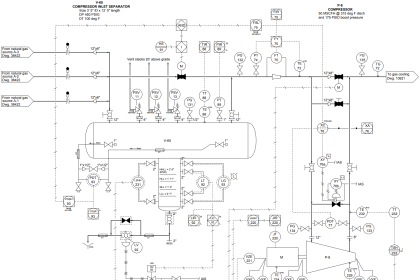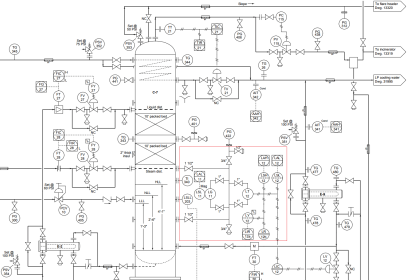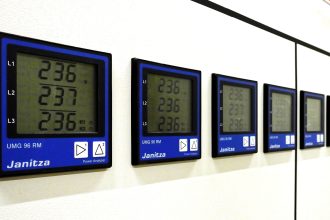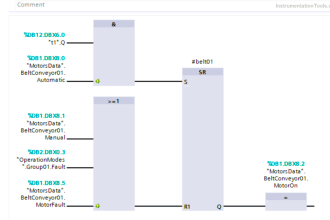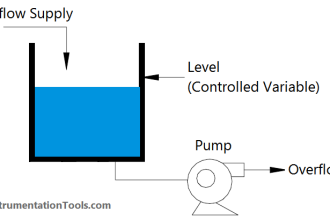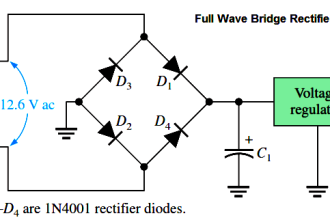The turbine bypass system has evolved over the last few decades as the mode of power plant operations has changed. It is employed routinely in utility power plants where operations require quick response to wide swings in energy demands.
A typical day of power plant operation might start at minimum load, increase to full capacity for most of the day, rapidly reduce back to minimum output, and then up again to full load—all within a twenty-four hour period. Boilers, turbines, condensers and other associated equipment cannot respond properly to such rapid changes without some form of turbine bypass system.
The turbine bypass system allows operation of the boiler independent of the turbine. In the start-up mode, or rapid reduction of generation requirement, the turbine bypass not only supplies an alternate flow path for steam, but conditions the steam to the same pressure and temperature normally produced by the turbine expansion process.
By providing an alternate flow path for the steam, the turbine bypass system protects the turbine, boiler, and condenser from damage that may occur from thermal and pressure excursions. For this reason, many turbine bypass systems require extremely rapid open/close response times for maximum equipment protection. This is accomplished with an electro hydraulic actuation system that provides both the forces and controls for such operation.
Additionally, when commissioning a new plant, the turbine bypass system allows start-up and check out of the boiler separately from the turbine. This means quicker plant start-ups, which results in attractive economic gains. It also means that this closed loop system can prevent atmospheric loss of treated feed water and reduction of ambient noise emissions.
Turbine Bypass System Components
Image Courtesy: Fisher
The major elements of a turbine bypass system are turbine bypass valves, turbine bypass water control valves, and the electro-hydraulic system.
Turbine Bypass Valves
Whether for low-pressure or high pressure applications, turbine bypass valves are usually the manifold design steam conditioning valves previously described with tight shutoff (Class V).
Because of particular installation requirements these manifold design valves will occasionally be separated into two parts: the pressure-reducing portion of the valve and then the outlet/ manifold cooler section located closer to the condenser.
Regardless of the configuration, however, a cost effective solution is a fixed-orifice device (usually a sparger) located downstream for final pressure reduction to minimize the size of the outlet pipe to the condenser.
Turbine Bypass Water Control Valves
These valves are required to control the flow of the water to the turbine bypass valves. Due to equipment protection requirements, it is imperative that these valves provide tight shutoff (Class V).
Electro-Hydraulic System
This system is for actuating the valves. Its primary elements include the actual hydraulic actuators, the hydraulic accumulator and power unit, and the control unit and operating logic.
Major Functions of Turbine Bypass System
The steam turbine bypass system will allow the operator to keep the gas turbine and the heat recovery system generator (HRSG) on-line in the event of a steam turbine trip or to facilitate faster start-ups of the CT and HRSG. The turbine bypass system also enables a combined cycle plant to operate at turndown conditions.
During start-up and/or turbine trips, the steam dump control valves control the pressure and flow through the main and IP steam lines. Meanwhile, the attemperation system controls the temperature into the reheat inlet and condenser. These two components working together maintain the pressures and temperatures of the steam system, insure stable drum level control during a trip event, and allows for a faster re-start of the steam turbine.
The turbine bypass system’s major function is to isolate the bypass loop during normal operation. The valves contained within the system MUST have tight isolation, as the system is isolated 95% of the time or more. Failure to properly isolate the system results in damaged seats and valves, which result in lost energy and loss of control during start-up and turbine trips.
Another major function of the turbine bypass system is to avoid a steam system overpressure event, resulting in the lifting of safety valves, and subsequently creating a maintenance/outage problem associated with repairing the valves.
To accomplish this, the bypass valves operating in “fast-acting“ (vs. modulating) mode actuates upon sensing an overpressure event in the main steam and/or hot reheat lines, or upon receipt of a steam turbine generator trip signal.
The turbine bypass system diverts the system flow around the steam turbine generator to the condenser, which provides the ultimate heat sink. This serves to drop the system pressure, while still passing sufficient flow to maintain HRSG superheater and reheater section cooling. The valves on this part of the system act as “steam dump valves”
